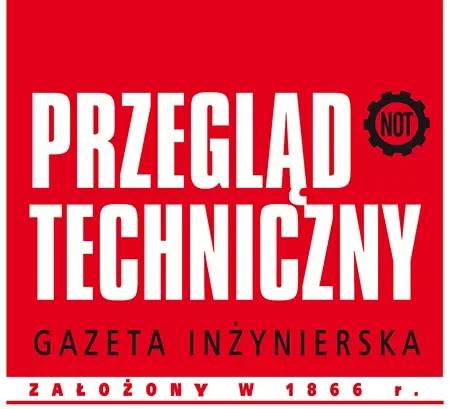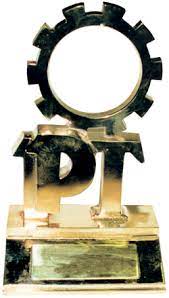The demon of dust caught up with apartments in earnest during the era when the bourgeois West got into the habit of filling its apartments with drapes, upholstery, quilts, kilims, carpets and the like. An environment has been created that both produces dust and maintains it.
The Americans were the first to react; just as the Civil War was ending: mechanic Ives McGaffey constructed a hand-held “vacuum cleaner” in Chicago that simply blows the dust away. It wasn’t until 1901 that British engineer Hubert Cecil Booth decided it was pointless and the dust should simply be sucked up. He put his invention – an aspirator powered by an internal combustion engine – on a horse-drawn cart that drove up to the windows of townhouses and vacuumed the outside on commission, using long pipes. Since then, there has been a steady evolution of vacuum cleaning systems. It would still be slow and steady if it hadn’t been discovered in the 1960s that dust mites are the most common cause of allergies – one of the most unpleasant ailments, leading to more severe illnesses. There are several thousand species of mites and new ones are constantly being discovered. They may turn out to be the cause of diseases still mysterious today. Vacuuming technology immediately accelerated. On this wave grew the worldwide career of James Dyson, the British inventor of the bagless vacuum cleaner and other improvements, whose company, founded in 1991, became a global powerhouse in literally a few years. It’s worth a look, because nowadays such brilliant success in “traditional” technology of common use is a great rarity.
James Dyson is not an engineer. He is a graduate of the Royal College of Art, an internationally respected art college since 1837. Initially, its graduates were mainly visual artists, but it soon became one of the first universities to combine design design, applied art with fine arts, and later – with media and social sciences. This gave her tremendous momentum: she brought out a whole bunch, among others. prominent architects, interior designers, set designers, as well as theater and film artists. Suffice it to say that such artists as Henry Moore – one of the most outstanding sculptors of the 20th century – came out of it. or Ridley Scott – one of the most creative directors. Maybe such an academy is missing in Poland? The university invites the most talented to study here, and these students consider it an honor, as trends in modern art and design are shaped here. Such a trend was created by, among others. James Dyson. Its achievement in such a difficult and molded market as home appliances is not only due to technical improvements. It is due to the specific futuristic design he created. Today its vacuum cleaners are bought by the richest – they are the most expensive on the market. They buy because, in addition to their utility value, these products have a striking form. Articles of common use should be like this, this is their main value, because they are part of a private environment. They symbolize the quality of life. This is yet another important clue for our home appliance manufacturers, who seem to have adopted copycat tactics and are falling back on licenses. Their potential intimidates the competition. But James Dyson also had tycoons around and started from nothing.
Zygmunt Jazukiewicz





